The Pacific Crest Path (PCT) is likely one of the most iconic and difficult long-distance climbing trails in america. Spanning 2,650 miles from Mexico to Canada, the PCT winds by way of California, Oregon, and Washington, passing by way of a few of the most lovely and rugged terrains within the nation. In case you’re enthusiastic about climbing the PCT, there are some things you need to know earlier than you hit the path.
On this submit, we’ll be sharing 10 issues it’s essential know concerning the Pacific Crest Path earlier than you begin your hike. From the allow course of to one of the best time of yr to hike, we’ll offer you all the data it’s essential contemplate to make your PCT hike a hit.
The PCT is a wilderness path, which signifies that hikers must be self-sufficient and ready for the challenges of the path. It is necessary to have the best gear, meals, and water for the hike, in addition to a stable understanding of the path’s situations and hazards. Mountain climbing the path additionally requires a big quantity of bodily and psychological preparation. It is not a simple hike, and hikers must be bodily and mentally ready to deal with the path. However with the best preparation and mindset, the PCT could be a actually rewarding and unforgettable expertise.
10 What Is The Greatest PCT Guidebook?
Reality be informed, there are literally thousands of guidebooks on the market with a great deal of info that will help you put together to hike the Pacific Crest Path. It is necessary to bear in mind a couple of elements earlier than investing in assets. You want to resolve which part of the path you may be climbing, and you need to contemplate your bodily health degree and path expertise.
As you put together to your journey, listed here are a couple of guidebooks you need to contemplate including to your library:
9 Do I Want A Allow To Hike The PCT?
The brief reply is sure. Permits are required for some stretches of the PCT however not all of them, and it additionally relies on the size of your hike. Probably the most correct and up-to-date info relating to permits could be discovered on the Pacific Crest Trail Association web site.
Listed here are a couple of permits you could must get to your journey:
- California Fireplace Allow
- PCT Lengthy-Distance Allow
- Canada Entry PCT Allow
8 Can A Newbie Hike The PCT?
A girl stretching
Anybody can hike the PCT, but it surely’s necessary to do an trustworthy evaluation of your bodily health and to create and comply with a exercise plan in preparation for the hike. Happily, there’s loads of useful info on the market that may help you in using the right equipment and making a schedule that won’t solely construct your confidence however your energy as nicely in an effort to keep protected on the path.
-
REI created an
easy-to-follow guide
that may provide help to get impressed to maneuver. Listed here are a couple of health suggestions to give attention to to get began: - Cardio Coaching
- Resistance Coaching
- Static Stretches
7 When To Hike The PCT
Snowy mountains
Take into account that the PCT is 2,650 miles lengthy and crosses by way of 3 nations and a number of climates alongside the way in which. Relying on if you go, you may must be vigilant of the season’s climate forecast and the way that may have an effect on path situations. Extreme weather conditions are now the norm, so be certain you’re checking the Pacific Crest Path Affiliation web site for one of the best info for planning your journey.
Listed here are a couple of seasonal situations to think about as you propose your hike:
- Summer season and early fall are one of the best time to hike within the mountains, however snow can stay on the mountains year-round
- There’ll at all times be water issues– an excessive amount of or too little
- Know when wildfire season usually happens
6 The Greatest Mountain climbing Footwear For The PCT
It is plain that your toes will tackle the most important beating as you make your means alongside the PCT. Even after weeks or months of coaching beforehand, you continue to can’t absolutely put together your physique for the acute terrain, rapidly altering temperatures, or the load of your pack till you are truly on the hike. That is why foot care is likely one of the most necessary investments you may make.
PCT Thru-Hiking has put collectively a complete checklist of essentially the most comfy and practical footwear you need to be contemplating to your PCT hike. Starting from $110 – $145, a couple of extra options to think about before you purchase are:
- The drop (from heel to toe)–most climbing sneakers on the checklist common a 6mm drop
- The load of the sneakers together– all of the climbing sneakers on the checklist are available in underneath 2 lbs
-
And do not forget about socks!
Darn Tough
creates the right climbing sock by combining merino wool, nylon, and lycra spandex, plus they assure their socks for all times.
5 Is the PCT Harmful?
Mountain climbing at night time with a headlamp shining out into the darkness.
Mountain climbing the Pacific Crest Path is comparatively protected if you happen to’re ready for the worst-case state of affairs. Whereas that will sound scary, understanding what to be looking out for and easy methods to preserve your self protected will guarantee you could keep away from errors or accidents.
Here’s a fast have a look at frequent risks Trail and Summit shares that you could be encounter on the trail–some could shock you!
- Falling off of the path as a consequence of uneven or slippery situations
- River crossings/drowning
- Heatstroke/hypothermia
- Dehydration
- Wildlife, together with mosquitos!
- Excessive climate patterns– suppose lighting storms and flash floods
- Falling rocks and bushes
4 The Greatest PCT Gear And Tools
Illuminated tents at night time time.
Perfecting a “mild pack” could seem practically unattainable when you contemplate all of the necessities you may want throughout your days/weeks/months hike on the PCT. As you put together for GO day, be certain you have examined your gear earlier than you hit the path to ensure it is comfy, sturdy, and actually mandatory. Halfway Anywhere has taken the guesswork out of making the Final PCT Packing Checklist, so let’s check out a few of the classes you can begin placing your gear in:
- The massive stuff– backpack, shelter, sleeping bag, sleeping pad
- Clothes– insulated jacket & rain jacket, layers, hats, gloves, sun shades, flip flops
- Gear– range, pot, water filter/remedy, headlamp, meals storage, utensils,
- Hygiene– repellent, anti-chafe balm, sunscreen, blister prevention & care, moist wipes,
- Electronics– solar-powered charger, cellphone, GPS, headphones
3 How To Pack Meals For The PCT
Fortunately, you do not have to hold your whole meals for all the journey in your backpack! There are a couple of ideas and tips you should use to make sure you never run out of sustenance when you’re on the path… often known as your resupply technique!
Relying on which portion of the path you are climbing, you’ll be able to normally purchase meals on the town each 4-10 days, whereas different hikers favor to mail meals forward of time. Here is the way it works:
- You possibly can put collectively meals packing containers forward of your hike and mail them to your self alongside the way in which. It is useful to have a buddy assist with the logistics. Meals packing containers are a good suggestion when you have dietary restrictions, or you do not need to solely depend on fuel stations or comfort shops for meals.
- Shopping for as you go is an alternative choice, however meals choice, high quality, and worth are at all times TBD, relying on which city you are in.
- Strive each methods! You possibly can top off on easy-to-come-by provides on the town and now have packing containers mailed out to you (or mail your self a field out of your present location to a vacation spot up the path).
2 How To Carry Water On The PCT
There are numerous beautiful hikes you can go on throughout the U.S., and no matter the place you select, staying hydrated ought to keep high of thoughts! However how might you probably carry sufficient water to final your total journey? Fortunately, you needn’t carry gallons and gallons of water with you, however you do want a couple of instruments to maintain your self hydrated and blissful. The Trek shares a couple of extra recommendations on easy methods to keep hydrated on the path:
- Determined if a water bag/bladder, canteen, or bottle will likely be best so that you can preserve reaching for that water.
- Refill at each water source– this may very well be off the path on the town or if you’re passing a creek (you should definitely filter your water!)
- Figuring out which pure water assets will likely be out there in your hike will provide help to decide the kind of water filtration system to convey with you.
1 What Meals Ought to I Eat On The PCT?
With regards to long-distance climbing, the best meals could make all of the distinction. It is necessary to pack meals that may offer you the power and diet you want however would not weigh you down. Some path favorites embody light-weight, high-energy snacks and naturally, dehydrated meals to make sure you’re well-fed on the trail. An article in Outsider shares that the standard PCT hiker will want roughly 3,000-4,000 energy per day; let’s check out what a PCT hiker would possibly eat in a day on the path:
- Breakfast: water, protein bar, oatmeal,
- Snacks: bars, nuts, dried fruit, jerky, small recent fruit, water, crackers
- Lunch: tuna packet, tortillas, cheese (from city), peanut butter, water, fruit, ramen
- Dinner: on the spot mashed potatoes, meals in a pouch, on the spot rice/couscous, beans, salmon packet, chocolate, tea

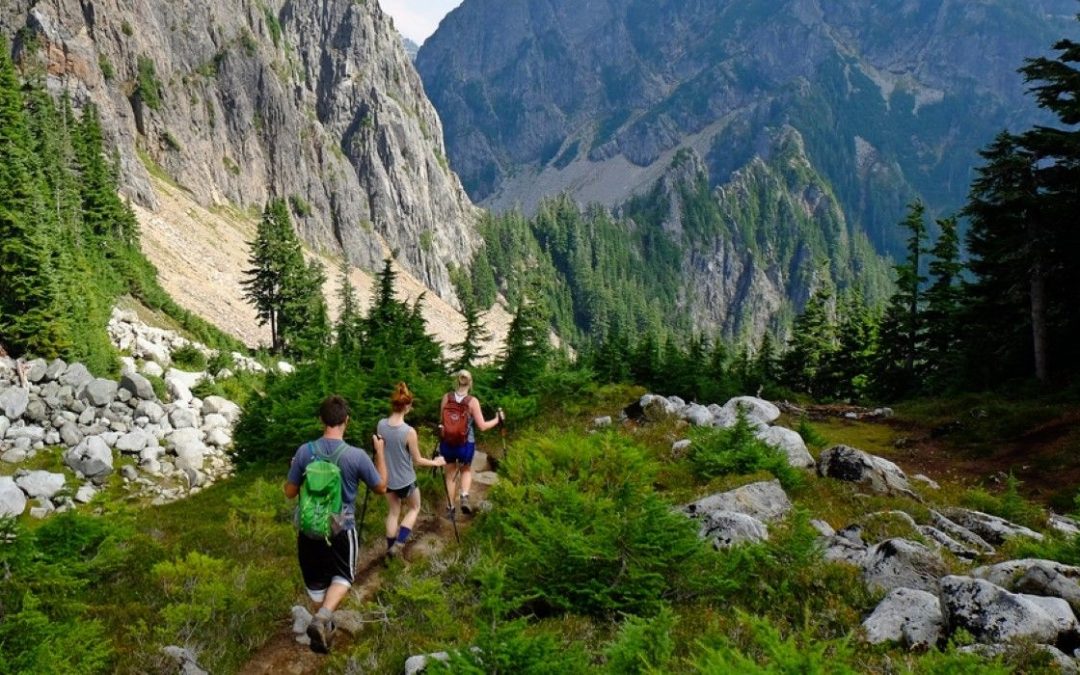
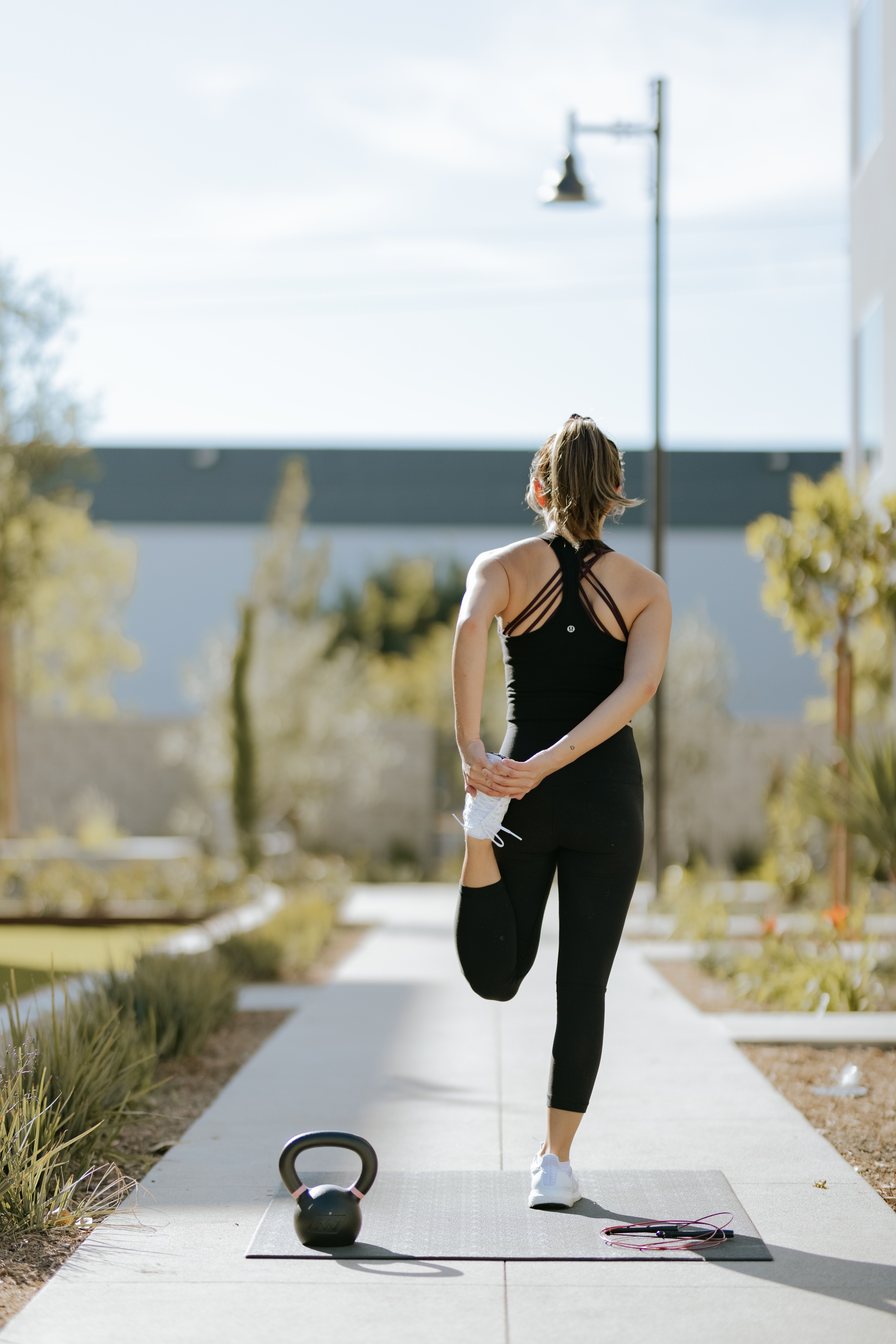
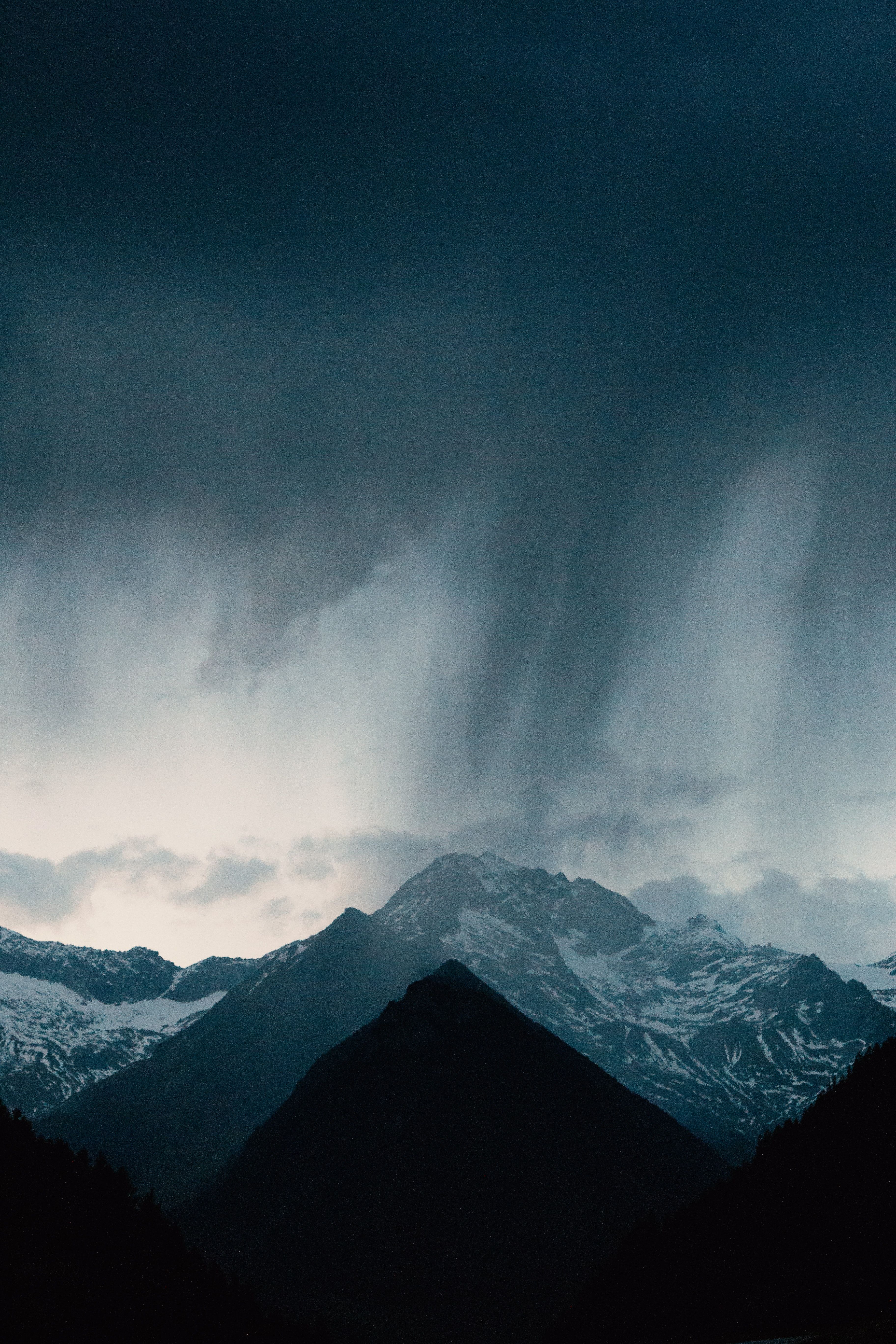
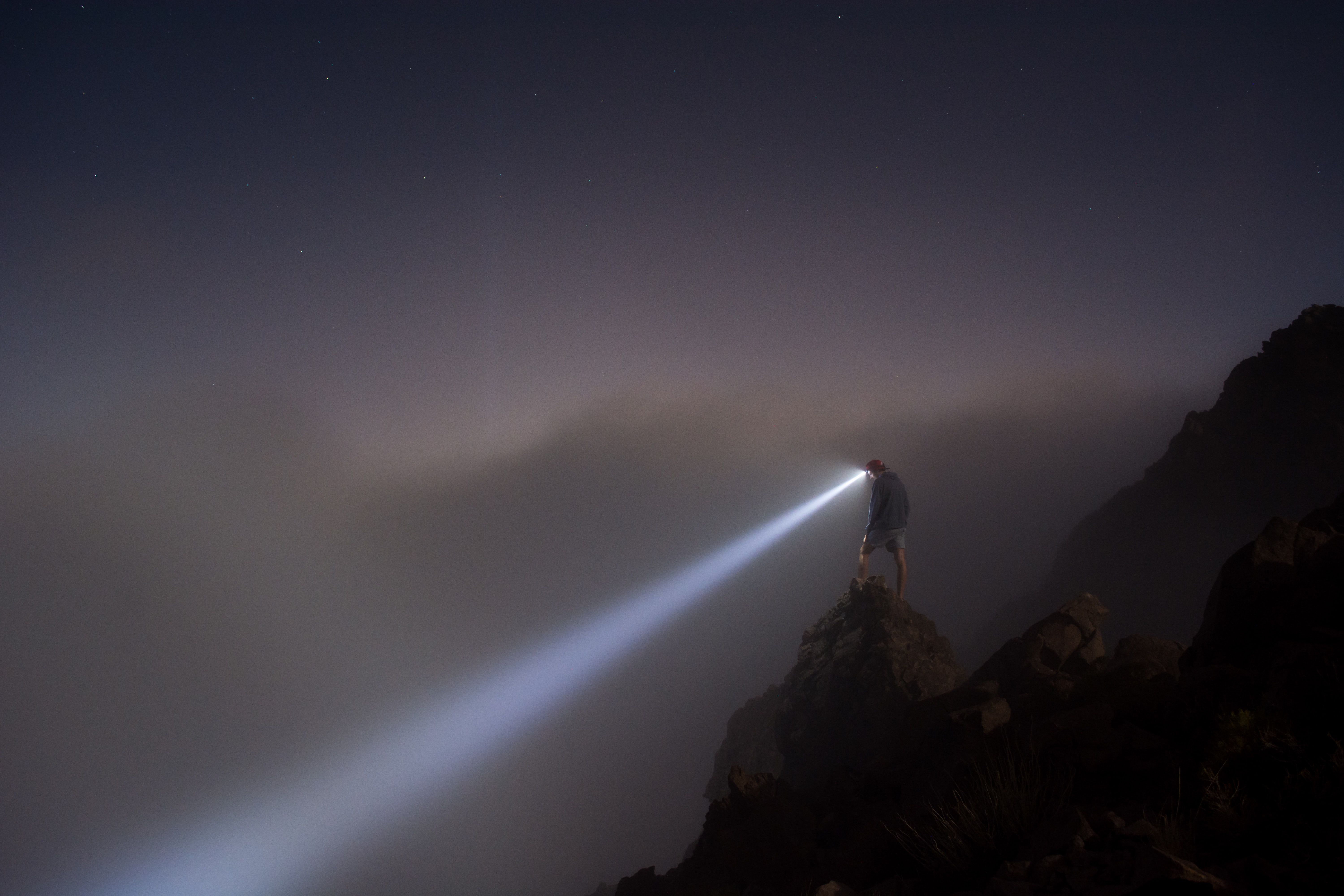
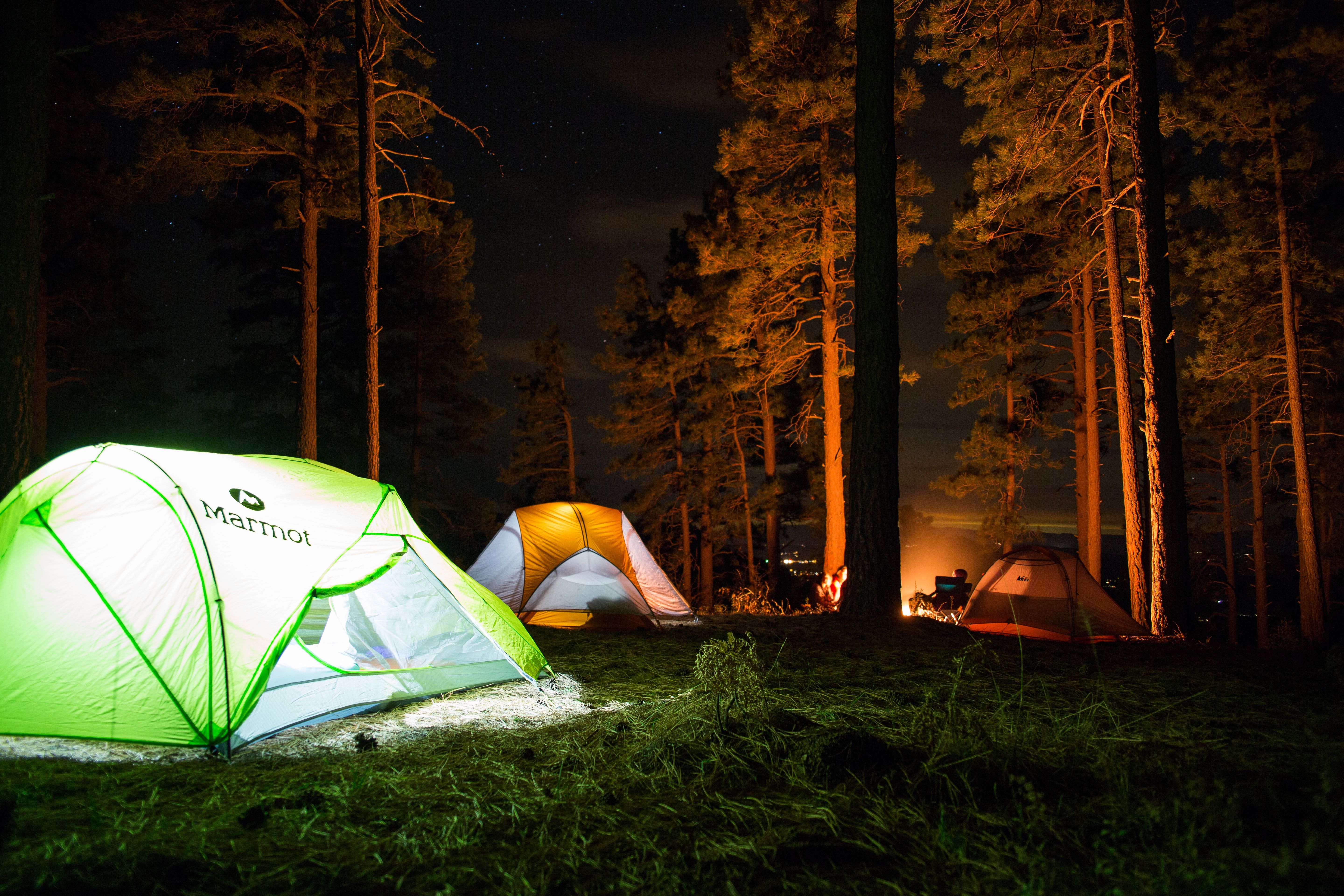

Recent Comments